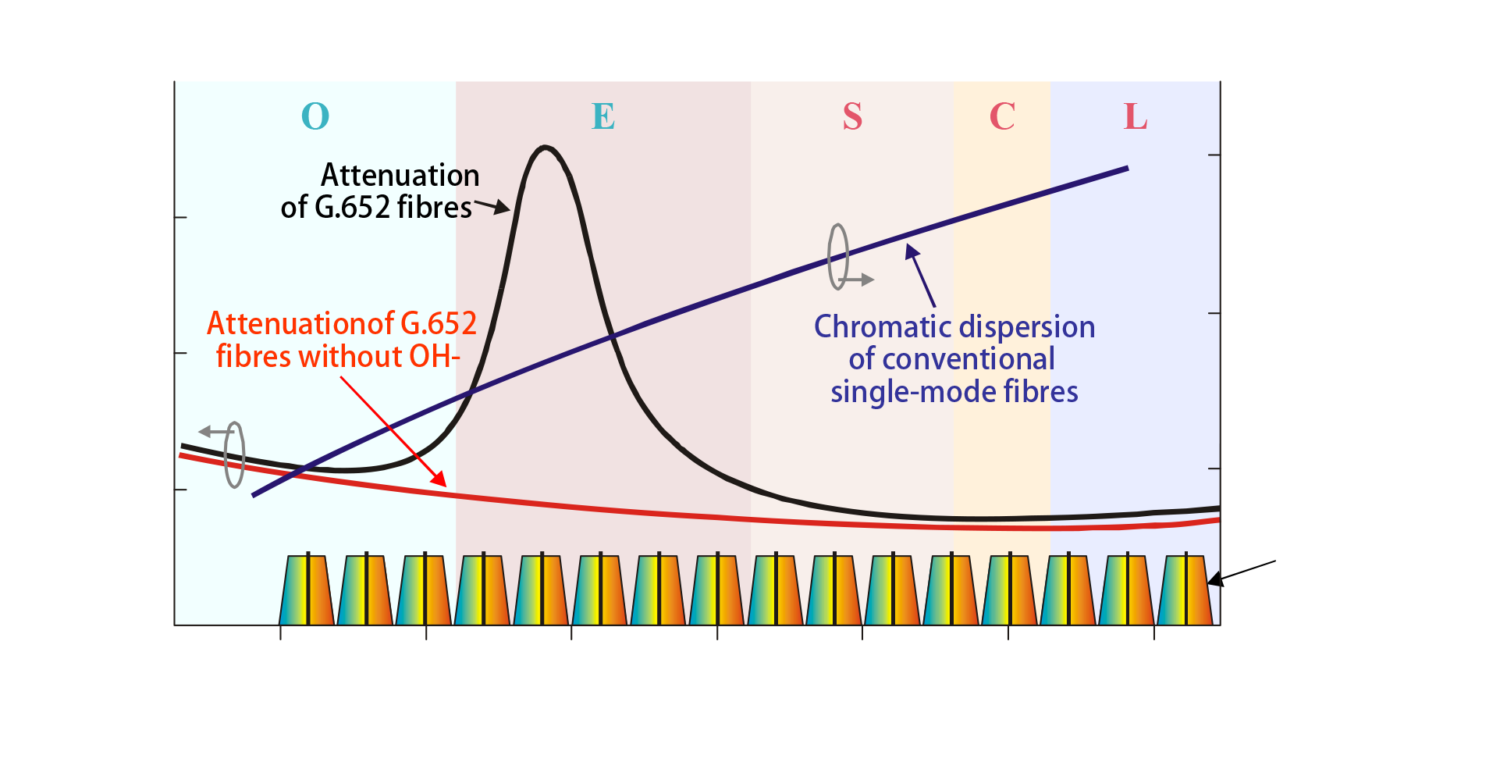“Grids” are used for location of nominal central frequencies in WDM systems. ITU defines a set of frequency grids for WDM applications. In a given spectrum band, the number of channels in DWDM and CWDM Systems depend upon the particular channel spacing of the grid.
Number of channels in DWDM systems
Currently four specific frequency grids are defined to support dense wavelength division multiplexing applications:
i) 12.5 GHz spacing;
ii) 25 GHz spacing;
iii) 50 GHz spacing;
iv) 100 GHz spacing.
All four frequency grids include 193.1 THz (1552.52 nm) as one of their members, and there are no frequency limits beyond which the grid is not defined. This grid in fact is a “ruler” with no limits or end points.
About 40 channels with 100 GHz spacing (100 GHz × 40 ch. = 4,000 GHz = 4 THz) can occupy the complete C-band of 1530-1565 nm. Of course, the number of channels can double when using a channel spacing of 50 GHz.
Additional, wider spacing frequency grids can be used by taking integer multiples of 100 GHz spacing, i.e. 200 GHz, 300 GHz, 400 GHz, etc. The grids for these wider spacings are intentionally not specified to provide the user with complete freedom for choosing central frequencies.
Number of channels in CWDM systems
To support coarse wavelength division multiplexing applications, a wavelength grid with channels spaced at 20 nm is defined. This CWDM grid has been initially defined to allow simultaneous transmission of several optical 2.5 Gbit/s signals with sufficient separation to permit the use of uncooled sources.
Three Factors Determine the CWDM channel spacing
The CWDM channel spacing of 20 nm was determined mainly by three factors:
- i) the laser manufacturer is allowed a wavelength variation around the nominal wavelength in order to achieve a higher yield and/or relax manufacturing tolerances;
- ii) the laser wavelengths are allowed to change over a sufficiently wide temperature range to permit usage of uncooled lasers;
- iii) a sufficiently wide guardband is left between the channels to allow the use of low cost filter technologies


Allocation of the CWDM Channels
The channel spacing of 20 nm allows the allocation of 18 wavelengths in the frequency range 1271- 1611 nm. However, applications using this CWDM grid may have a maximum of 16 optical channels.
Click the following link to learn more and Discover the Fiber-optic World.